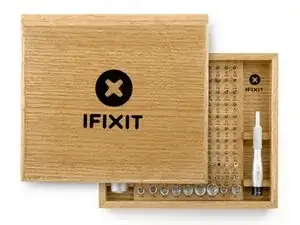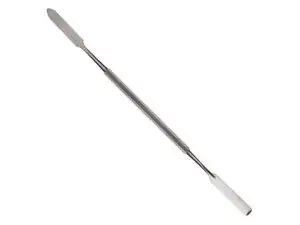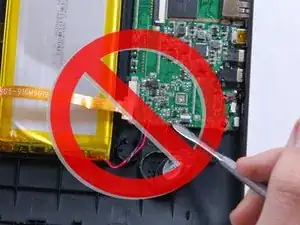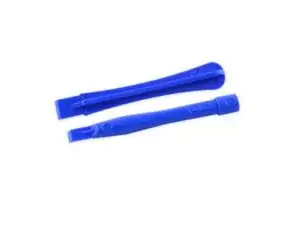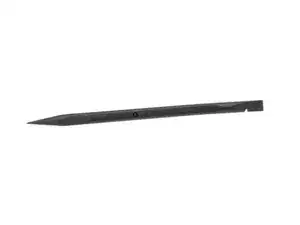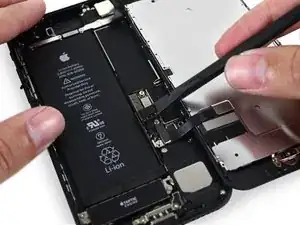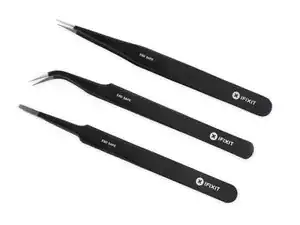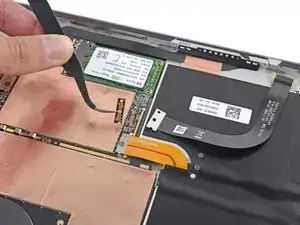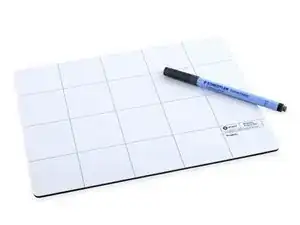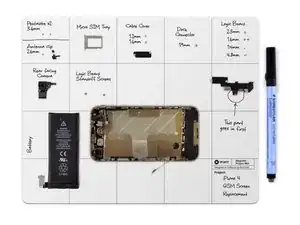Introduction
There are thousands of devices on the market and a plethora of specialized tools for their repair. Figuring out which tool to safely use for the job can be difficult, so we’re here to help.
We’ll walk you through some of the more commonly used tools and explain their most practical—or impractical—uses. Repair connects people and things, but we don't want to connect electricity to your body. Your safety is our priority!
Tools
-
-
The metal spudger is a fantastic tool, but it's also a tool of much debate. Here at iFixit, we tend to call on the metal spudger only when we need a member of the brute squad.
-
Remove extra-stubborn plastic/metal casings, or scrape away tough adhesive.
-
Depress or lift stubborn release tabs.
-
The metal spudger is not electrostatic discharge (ESD) safe. Irresponsible use may result in electrical shock or permanent injury.
-
Poor use may permanently damage your device.
-
Do not use this tool on exposed or fragile internal components, batteries, or glass screens.
-
-
-
The plastic opening tool comes in a few different styles, and is your go-to tool for removing screens and separating cases. It has a very thin non-destructive edge that gets in between small cracks easily.
-
Lift zero insertion force (ZIF) tabs and disconnect cable connectors.
-
Pry open tightly sealed device cases.
-
Remove digitizers and glass screens.
-
Lift, cut, or remove tape, adhesive, and/or thermal paste.
-
-
-
Your friendly neighborhood nylon spudger can do amazing things. With antistatic pointed and blunt tips, it’s a great all-around tool to use on internal components.
-
Disconnect cable connectors.
-
Pry components free.
-
Aid in soldering.
-
Remove thermal paste, adhesive, or tape.
-
-
-
Opening picks are an industry favorite for maintaining a separation between screens and cases, or for breaking up long sections of adhesive. Feel free to explore your options.
-
Cut adhesive strips that secure screens.
-
Use as a placeholder to prevent large screens from receding back into the frame.
-
Scrape or remove adhesive or tape.
-
Apply or remove thermal paste.
-
-
-
This handy mat can be your best friend during a replacement. Be sure to take advantage of the dry erase surface and keep track of your screws and steps along the way! You won't regret it.
-
